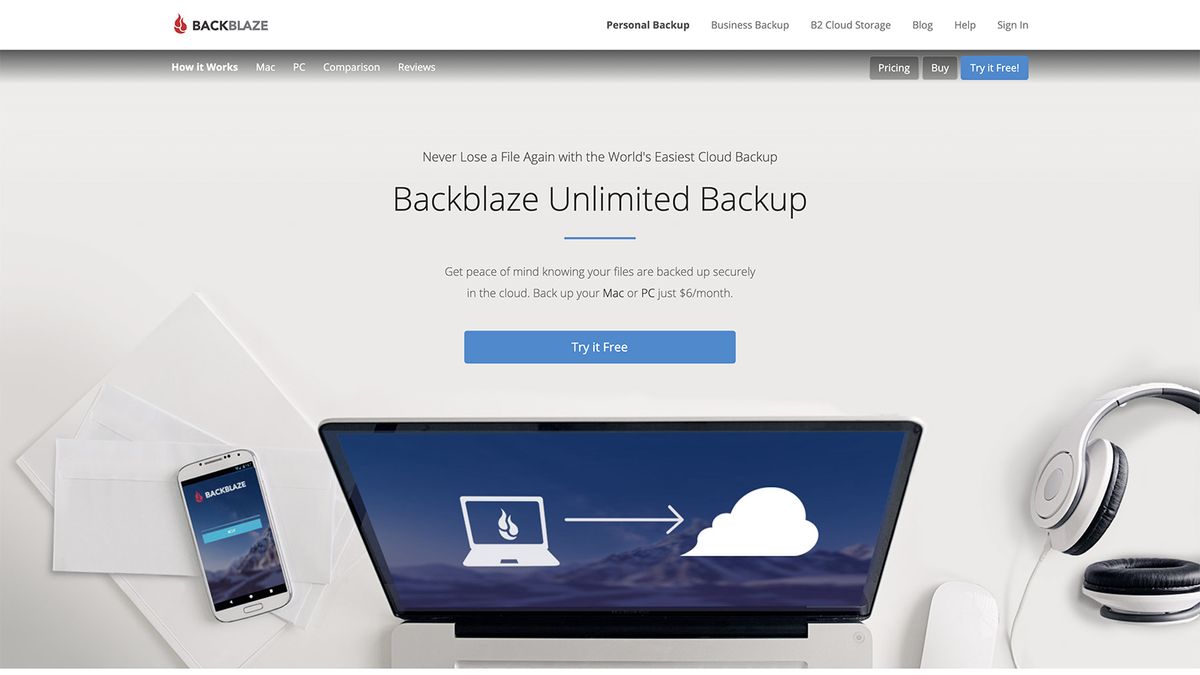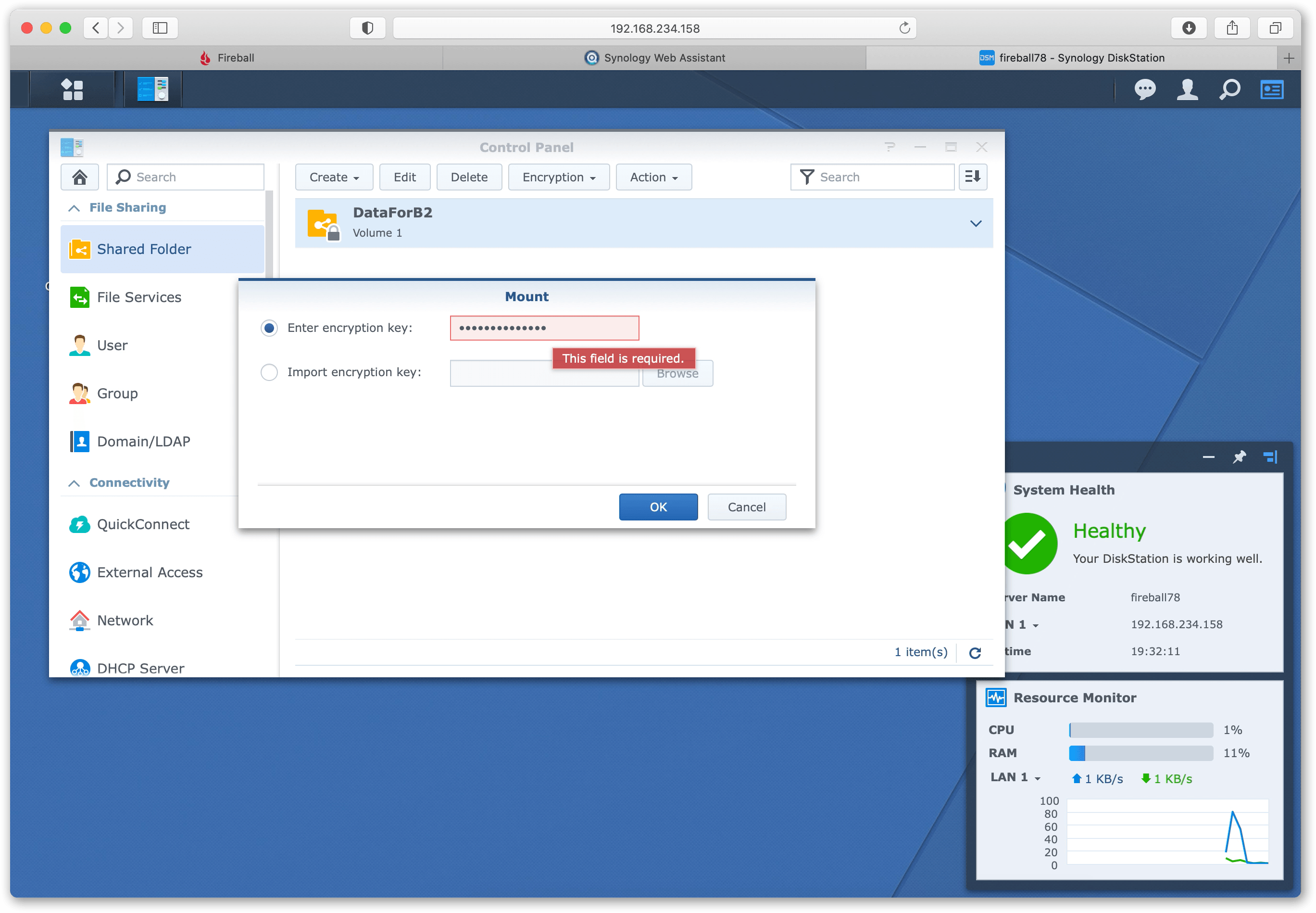
I don't mean to be rude, but your answer was very handwavy without any citations or proof. We learned this because our EMR failed due to low capacity in one account. AZ is very similar how virtual memory address in OS looks like. In essence, AZ is a label and is unique per account. This is why certain customers run out m3.xlarge in 1a but others don't in their 1a.

But Joe's 1a and Bob's 1a are on a different floor, different racks, while Joe's 1b and Bob's 1c are in Brooklyn and on the same floor. Joe's 1a and Bob's 1a are in Queens, but Alice's 1a is in Manhattan. Think about virtual memory address space. So what the fuck is AZ? What is the relationship between AZ and physical facility? So 1a and 1b in Queens, 1c in Brooklyn, and 1d in Manhattan? Nope. So is 1a and 1b in the same facility? Not necessarily, but very possible. So do we actually have four different physical facilities, one per each AZ? Nope. You now ask, "WTF?" but you let this go, think this is done for capacity reason. But for sake of this explanation, we assume only two. * AZ: us-east-1a, us-east-1b, us-east-1c, and us-east-1dĮvery AWS account in us-east-1 region is assigned three AZs. * Physical DC buildings: Queens, Brooklyn, Manhattan, Staten Island The so-called availability zone is an abstract and virtual concept. There's no way for you to coordinate Availability Zones between accounts.Īt least not in us-east-1 and us-west-1-2, but I am pretty sure many of the large regions are also run in multiple physical facilities. For example, your Availability Zone us-east-1a might not be the same location as us-east-1a for another account. To ensure that resources are distributed across the Availability Zones for a region, we independently map Availability Zones to identifiers for each account.
BACKBLAZE SYNOLOGY INTIGRATIONS CODE
> all AZs are within the same physical facilityĪn Availability Zone is represented by a region code followed by a letter identifier for example, us-east-1a. I am not saying they are brilliant ideas, actually that is a wish-list but please have a look if you can. Here's a discussion I had with Brian few days back and there are some points I have raised. Also, my backup is something I want to pay and let someone else handle in a very solid way. I am willing to stick with and wait for almost a year but after that I would like to move to a better alternative and more trustworthy which you are - except, in all honestly - that glaringly missing (or omitted) critical backup feature. (Okay, if not really unlimited then something close to it). All I would do is periodically keep checking whether my backup is there or not and I will just leave it be.

(I know B2 but that's not what I am looking for something baked in your main backup service). Or hell, bring something like cold storage and dump my backup there So please, for the love up proper backup, bring unlimited versioning and file retention for customers like me :-) Or float a cheaper plan where you limit the storage. But I want to keep my backup habit disciplined (in my own way, of course - many would find my backup strategy as stupid for their own use cases and that's fine). It's not that I am being a model "low storage" customer so that CrashPlan can function. In fact I have a ~3GB folder in Dropbox that I have named "Emergency Backup" and if all is lost I might be happy with just that. I don't even store my code on CrashPlan servers - for that's there gitlab and bitbucket (mirrored there) and my external hard disk.

No, not all mails - most of them are left with Google, MS, on my VPS and if they are gone, I am not gonna miss them terribly.

I use it strictly for "personal" and critical data that I cannot recover or get from anywhere else once lost - personal pics, personal videos, my notes - diary, some mails. Never backed up more than 30-50GB at a time and it's not gonna dramatically change at all in the near future.


 0 kommentar(er)
0 kommentar(er)
